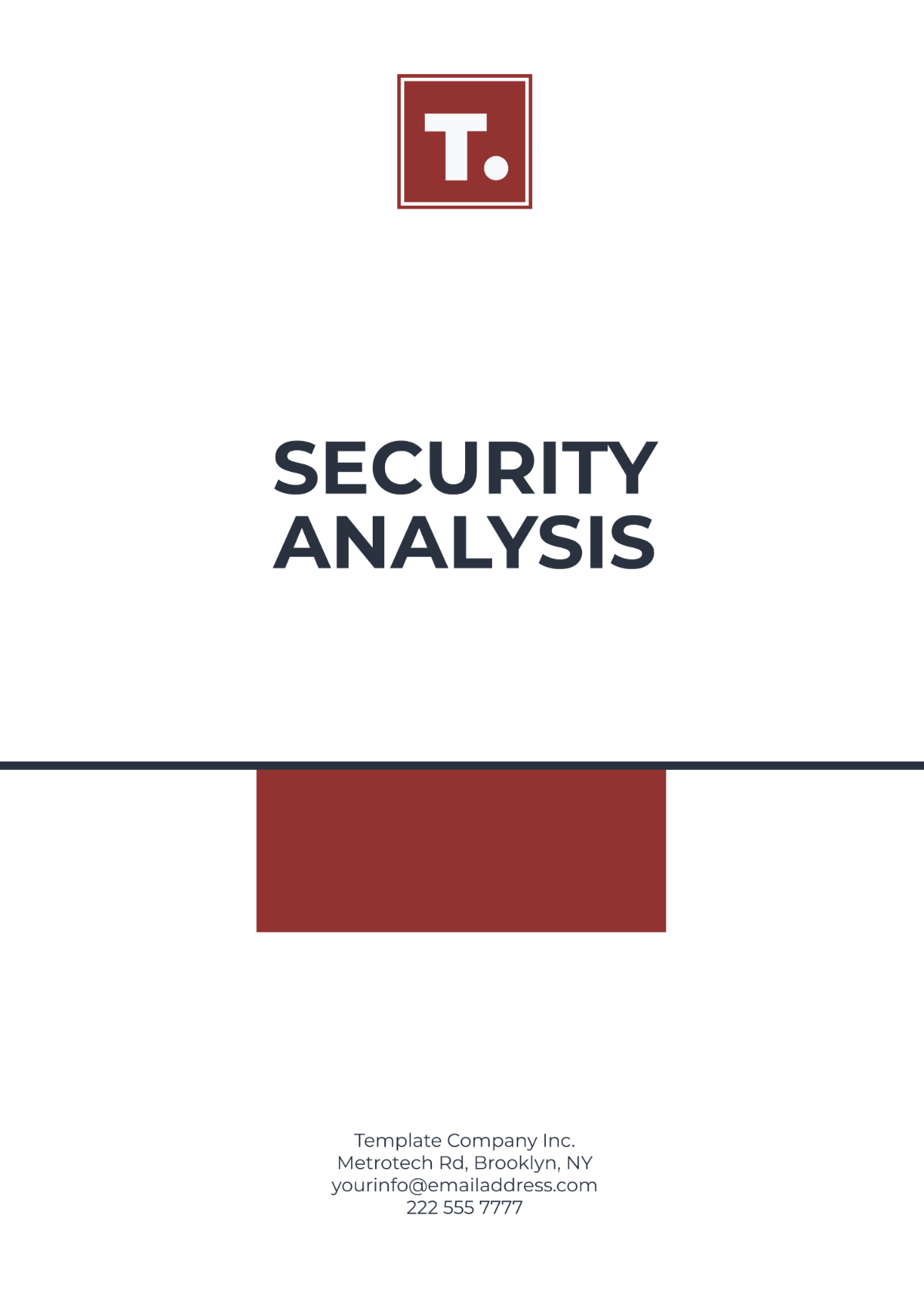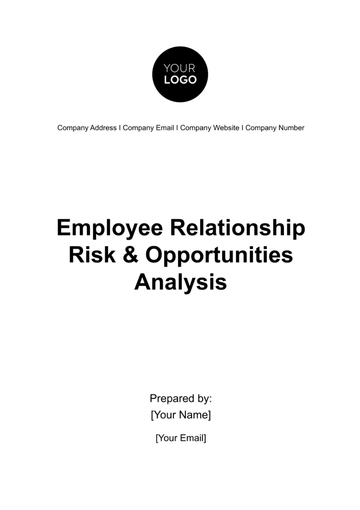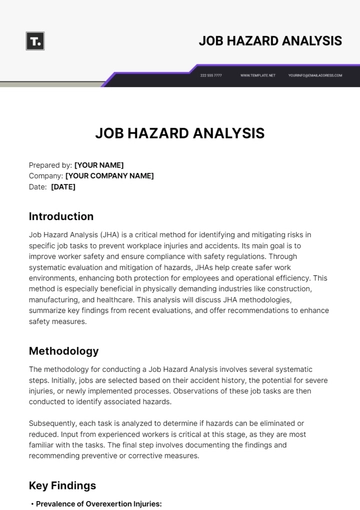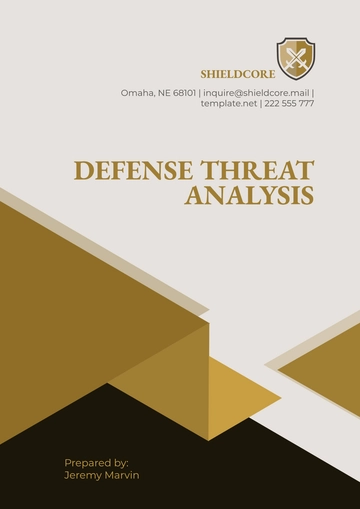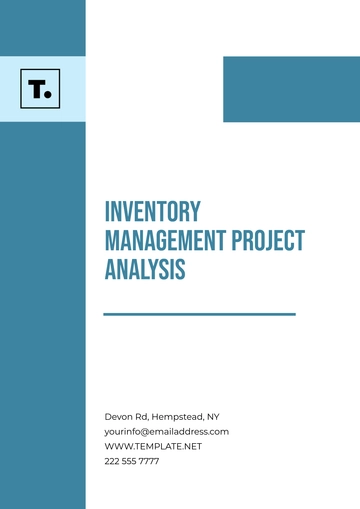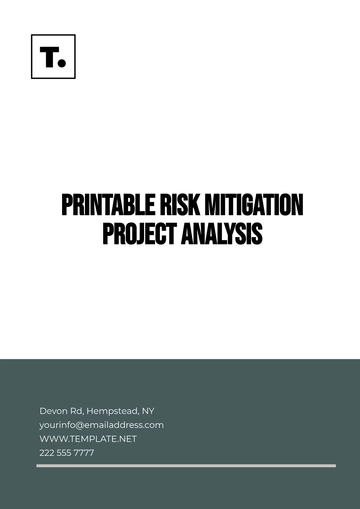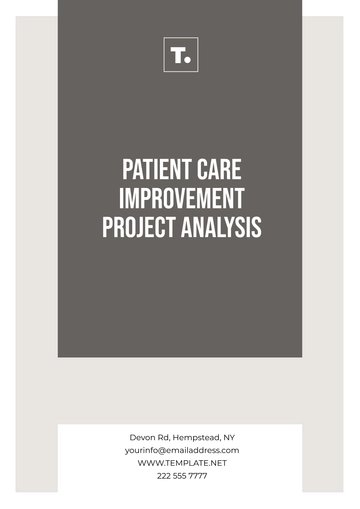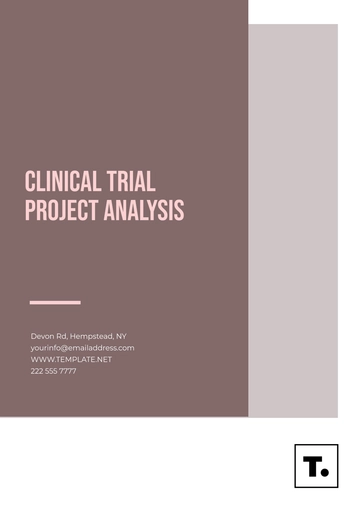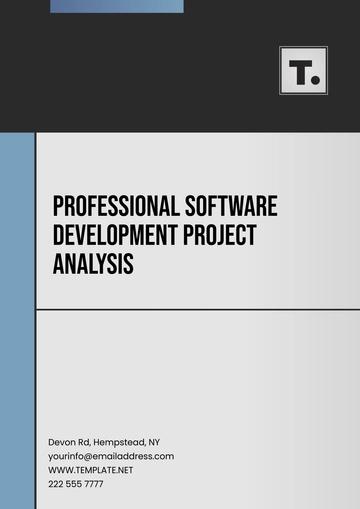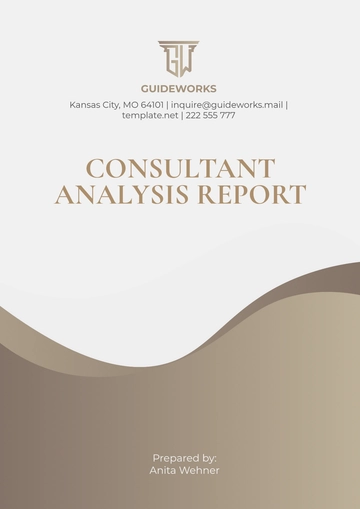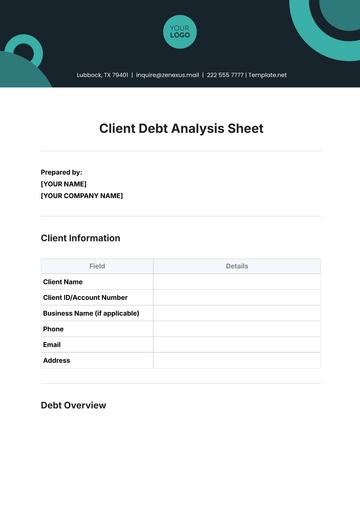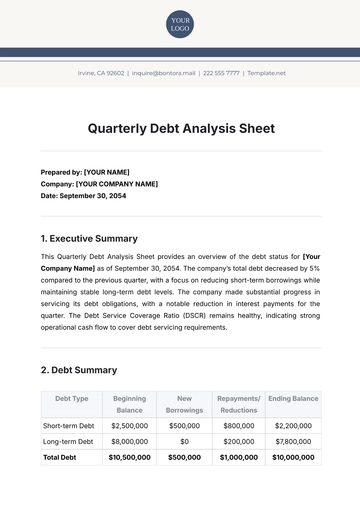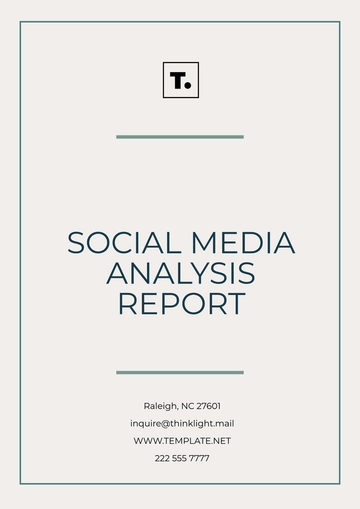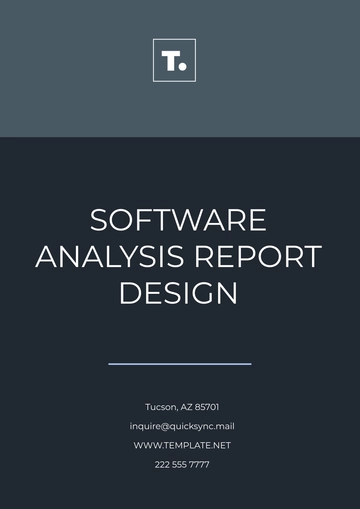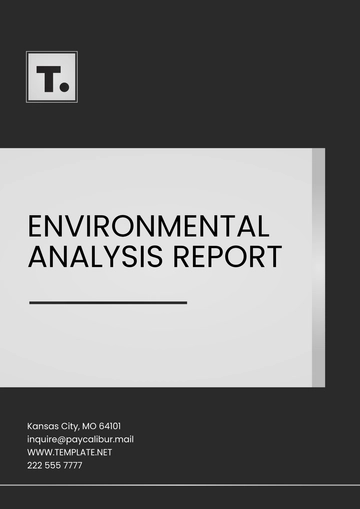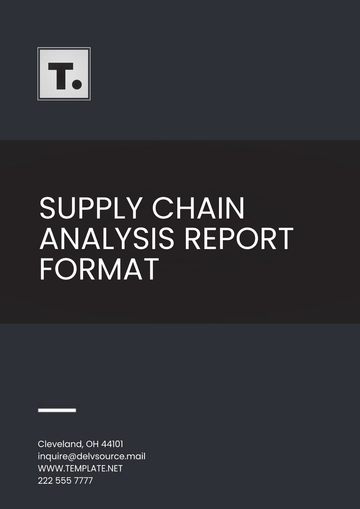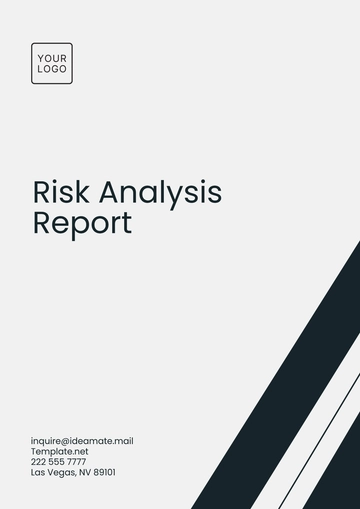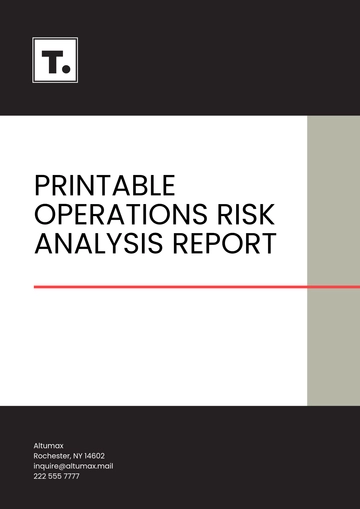Security Analysis
A Security Analysis involves evaluating and identifying potential risks and vulnerabilities that may affect the security of [YOUR COMPANY NAME]’s assets. This document provides a thorough analysis of the security posture, identifies threats, and proposes mitigation strategies. It is a key part of ensuring that the security infrastructure is robust, adaptable, and scalable for future demands.
1. Executive Summary
The purpose of this Security Analysis is to assess the current security measures in place at [YOUR COMPANY NAME] and identify potential vulnerabilities, threats, and risks to both physical and digital assets. The report outlines actionable recommendations to strengthen security protocols for 2055.
This analysis was conducted by [YOUR NAME] in compliance with industry standards and best practices.
2. Scope of the Analysis
This analysis covers several areas crucial to the security of [YOUR COMPANY NAME]. The focus areas include:
Digital Infrastructure: Network security, data encryption, cloud storage, and software vulnerabilities.
Compliance: Adherence to local, state, and federal security regulations, particularly focusing on privacy laws and data protection standards.
3. Threat Assessment
A comprehensive threat assessment evaluates both internal and external risks:
3.1 External Threats
External threats are primarily posed by cybercriminals, hacktivists, and competitors. Some common external risks identified include:
Cyber Attacks: Distributed Denial of Service (DDoS) attacks, phishing attempts, malware, and ransomware.
3.2 Internal Threats
Internal threats refer to risks that arise from within the organization:
4. Vulnerability Analysis
A vulnerability analysis reveals potential weaknesses within [YOUR COMPANY NAME]'s infrastructure. Below are the main findings:
4.1 Digital Infrastructure Vulnerabilities
4.2 Physical Security Vulnerabilities
4.3 Human-Related Vulnerabilities
5. Risk Evaluation
Each vulnerability identified is evaluated based on its impact and the likelihood of occurrence:
Risk | Likelihood | Impact | Risk Level |
|---|
Cyber Attack (Phishing) | High | Medium | High |
Legacy Software Exploitation | Medium | High | High |
Insider Threat (Disgruntled) | Low | High | Medium |
Physical Intrusion (Unauthorized Access) | Medium | High | High |
6. Recommendations
6.1 Digital Security Enhancements
6.2 Physical Security Improvements
6.3 Employee Security Training
6.4 Incident Response Plan Improvements
7. Compliance Review
Ensuring that [YOUR COMPANY NAME] complies with relevant regulations is crucial. The following areas need attention to maintain compliance for the future:
8. Conclusion
In conclusion, [YOUR COMPANY NAME] has several strengths in its current security posture, but there are critical areas that need improvement to prevent potential threats in 2055. Implementing the recommended measures will help safeguard the company from both digital and physical risks and maintain its compliance with future regulatory demands. By continuously updating the security measures, [YOUR COMPANY NAME] can mitigate risks and ensure long-term business continuity.
Analysis Templates @ Template.net
